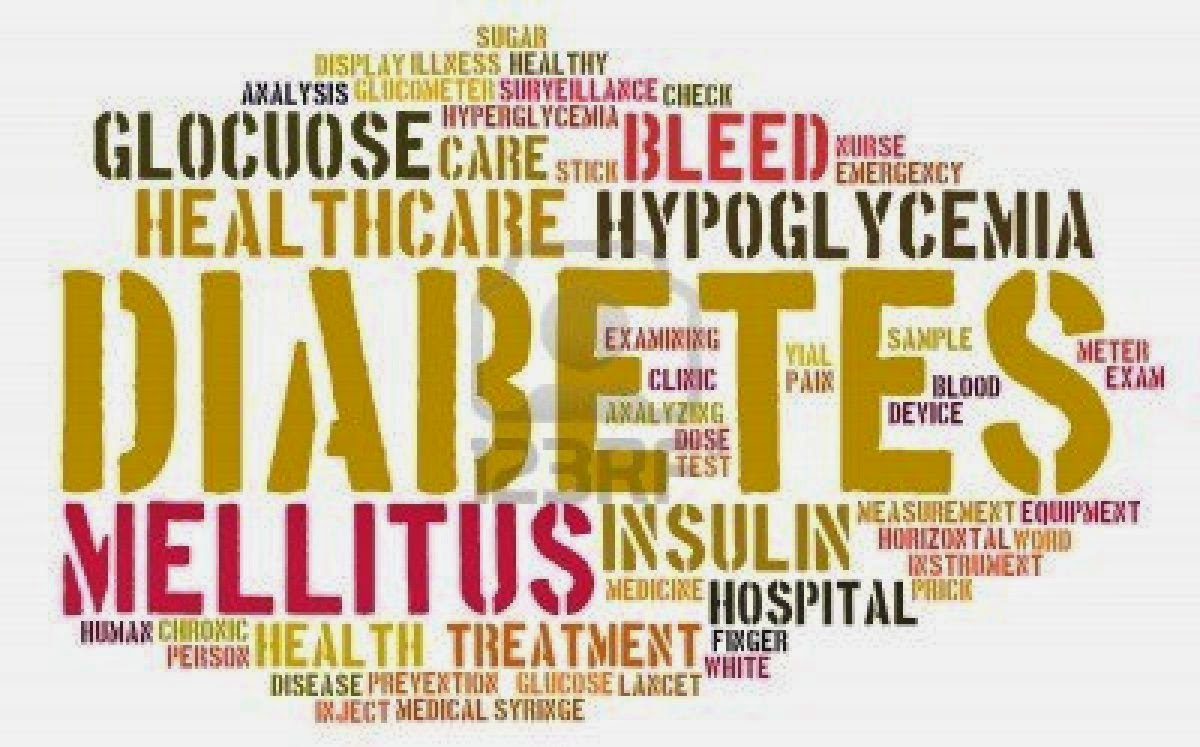
Mental health includes our emotional, psychological &
social well-being. It affects how we think, feel & act. It also helps
determine how we handle stress, relate to others & make choices. Mental
health is important at every stage of life, from childhood & adolescence
through adulthood. Many people have mental health concerns from time to time.
Mental illnesses are very common. In fact they are more common
than cancer, diabetes & heart disease. Mental illness does not
discriminate. It can affect people of any age, income or educational level
& cultural background. Mental health problems can cover a broad range of
disorders, but the common characteristic is that they all affect the person’s
personality, thought processes or social interactions.
Diagnosing
Mental Health Problems
They can be difficult to clearly diagnose, unlike
physical illnesses. Over the course of your life, if you experience mental
health problems, your thinking, mood, and behavior could be affected.
Many factors
contribute to mental health problems, including:
·
Biological factors, such as genes or brain
chemistry
·
Life experiences, such as trauma or abuse
·
Family history of mental
health problems
One or two symptoms can’t predict mental illness. But person
experiencing several together that are causing serious problems in his or her
ability to study, work, or relate to others should be seen by a mental health
professional. Guidance counselors, teachers or classmates are often the first
to notice symptoms.
The
following symptoms serve as early warning signs and the sooner the treatment
commences, the quicker the recovery.
· Feeling sad or down and loss
of initiative to participate in any activity.
· Unusual drop in functioning,
especially at school or work, such as poor
academic performance or difficulty performing
familiar tasks
· Feeling of confusion &
reduced ability to concentrate.
· Excessive fears or worries,
suspicious of others or extreme feelings of guilt
· Rapid or dramatic shifts in
feelings or ‘mood swings’; Excessive anger,
hostility or violence; Suicidal
thinking
· Recent social withdrawal
& loss of interest in others.
· Significant tiredness, low
energy, dramatic sleep & appetite changes or
deterioration in personal
hygiene
· Uncharacteristic, peculiar
behavior such as detachment from reality
(delusions), paranoia or
hallucinations
· Unusual or exaggerated
beliefs about personal powers to understand
meanings or influence events
· Inability to cope with daily
problems or stress
· Problems with concentration,
memory, or logical thought & speech that are hard to explain.
· Trouble understanding, relating to situations & people
· Vague feeling of being
disconnected from oneself or one’s surroundings.
· Alcohol or drug abuse
Sometimes symptoms of a mental health disorder appear as
physical problems, such as stomach pain, back pain, headache, or other
unexplained aches & pains. Your loved ones need you, your care & your
understanding. Help them by getting professional help before the condition
progresses into a major mental illness.



































